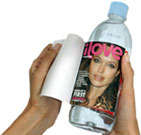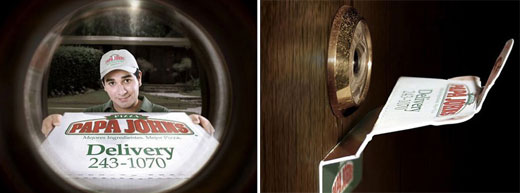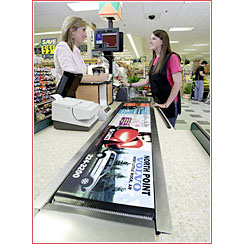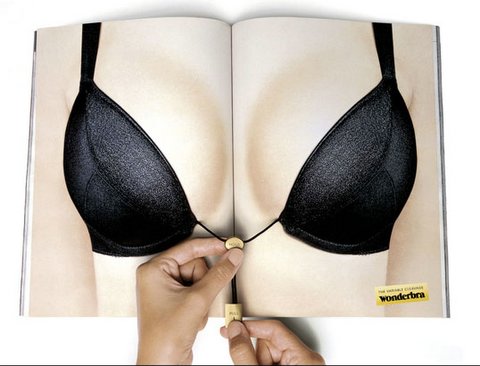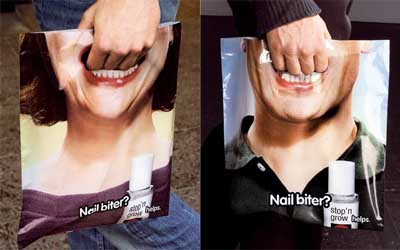
Marketing communications are all the communications between the organization and all other parties. Part of the wider academic research area of marketing, it encompasses all the traditional forms of promotion including advertising, sales promotion, personal selling, publicity and public relations. But it aims to be broader than this. It includes all points of contact between the organization and other parties. It includes everything from the way the telephone is answered, to the way the fleet of vehicles is maintained and used, to the quality of envolopes used.
It is commonly accepted that Integrated Marketing Communications should be the goal of such a marketing communications strategy. All points of contact with the organization should present the same corporate image. (Multiple Touch Points)
Integrated Marketing Communication is more than the coordination of a company's outgoing message between different media and the consistency of the message throughout. It is an aggressive marketing plan that captures and uses an extensive amount of customer information in setting and tracking marketing strategy. Steps in an Integrated Marketing system are:
- Customer Database
An essential element to implementing Integrated Marketing that helps to segment and analyze customer buying habits.
- (a) Strategies
Insight from analysis of customer data is used to shape marketing, sales, and communications strategies.
(b). Tactics
Once the basic strategy is determined the appropriate marketing tactics can be specified which best targets the specific markets.
- Evaluate Results
Customer responses and new information about buying habits are collected and analyzed to determine the effectiveness of the strategy and tactics.
- Complete the loop; start again at #1.
